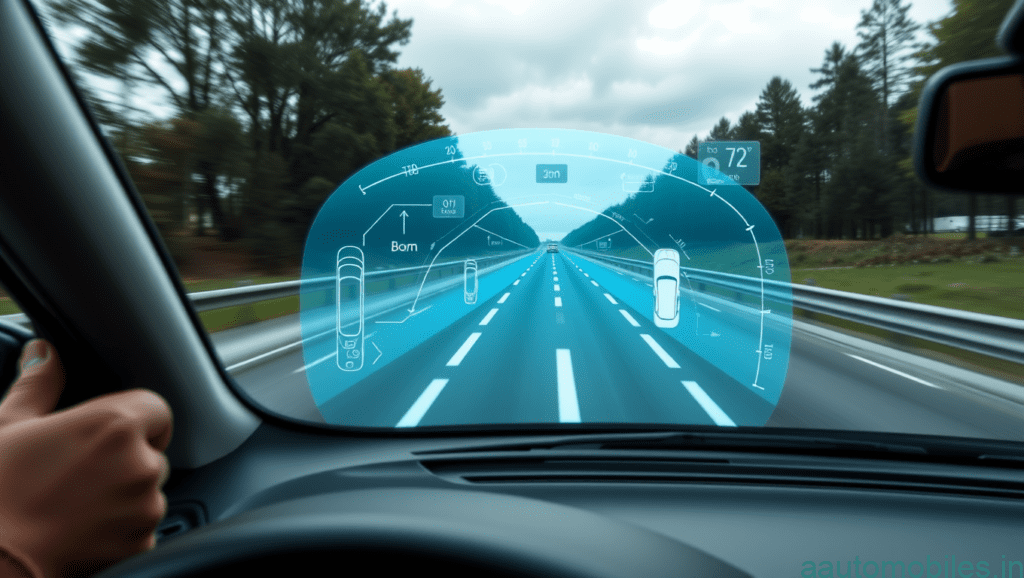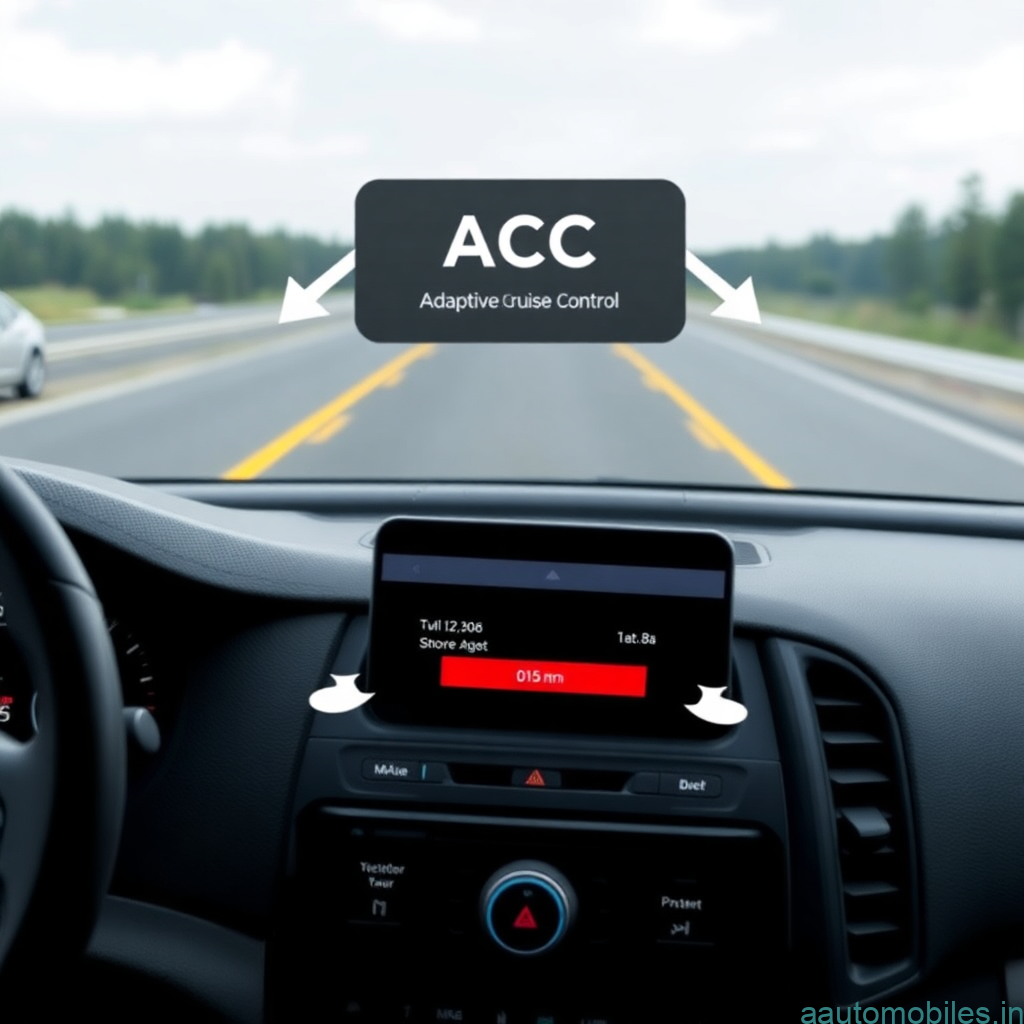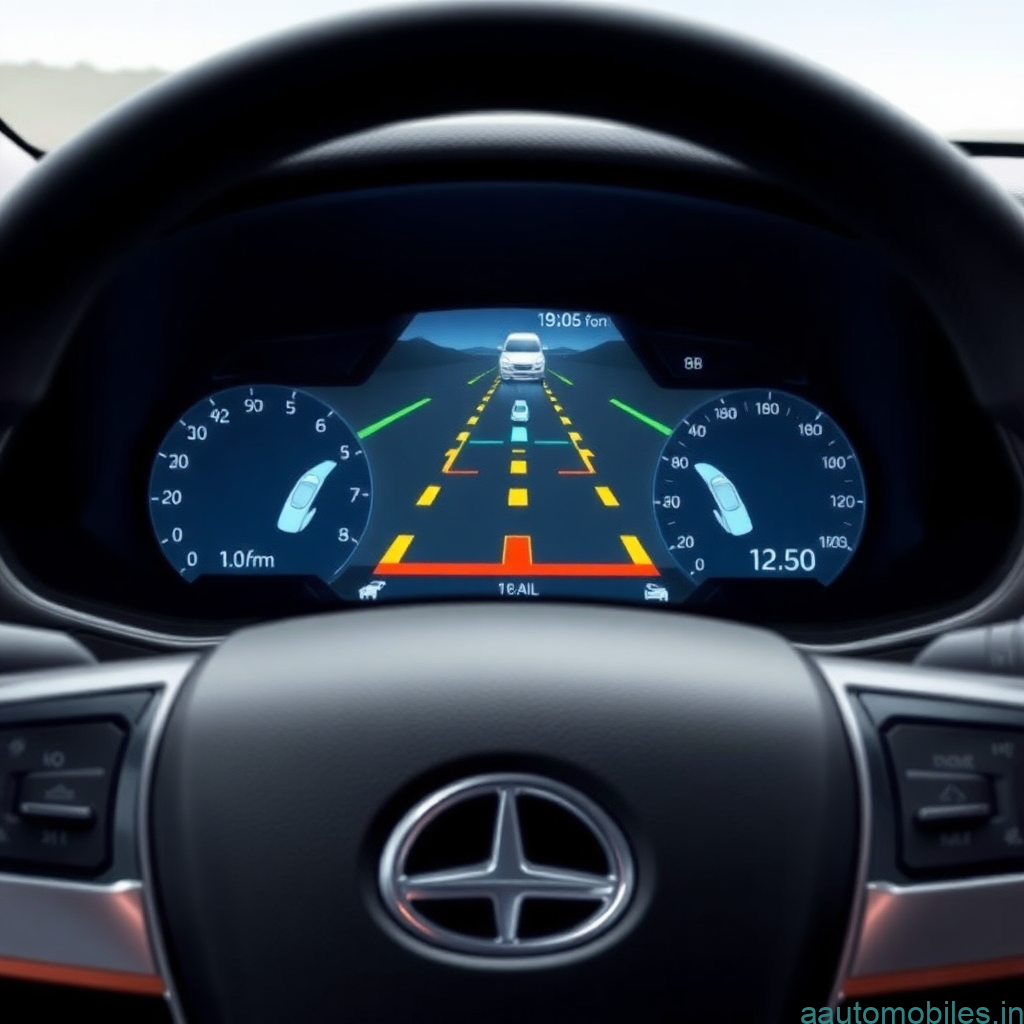
A complete Overview of Advanced Driver Assistance Systems (ADAS)
The automotive industry has seen a radical shift in the last few years, primarily because of technical innovations. One of the most significant innovations is the Advanced Driver Assistance System (ADAS). This suite of technologies seeks to enhance driving pleasure, improve vehicle safety, and pave the way for autonomous driving in the future. The definition, background, key elements, typical features, benefits, challenges, and future prospects of ADAS will all be discussed in this blog.
I. What is ADAS?
ADAS is a collection of technologies that assist drivers in many driving tasks, making life easier and safer. These systems scan the environment around the car with a combination of sensors, cameras, and algorithms to provide the driver with real-time feedback and support.
II. History and Development of ADAS
II. History and Development of ADAS
Electronic stability control (ESC) and anti-lock braking systems (ABS) were early developments in automobile safety technology that paved the way for ADAS. These developments prepared the way for more sophisticated systems. Roadblocks like adaptive cruise control and lane-keeping assistance have surfaced over time, demonstrating how technology may improve driving safety.
Automatic emergency braking and blind-spot detection are becoming features of many of the newer automobiles, and ADAS remains the spearhead of innovation in the automobile. We might expect much more sophisticated systems interacting smoothly with autonomous driving and smart city infrastructure as technology is developed further.
III. Fundamentals of ADAS Components

A. Cameras and Sensors
The sensors and sensors are the core of ADAS at the center of it.
ADAS revolves around the sensors and cameras that gather data about the car’s environment. These comprise:
Radar: It detects speed and distance, which are more useful in adaptive cruise control.
Lidar provided a 360-degree view of the surroundings and created an accurate map of the area under question.
Cameras: They take visual information to enable lane departure warning and traffic sign recognition.
B. Control Systems
Whenever data is collected, control systems process it through algorithms to make real-time decisions. To determine the best course of action, such as applying brakes or guiding the car, these systems analyze data from sensors and cameras.
C. User Interface
C. The User
In collaboration with the driver, the user interface will be needed. The driver gains awareness of impending dangers or triggering of the systems by way of alerts and notice. More subtly soft user experiences are also put at their discretion through infotainment systems. These infotainment systems enable data organization so that access and retrieval can happen easily.
IV. Features of Common ADAS ADAS covers a set of features meant to aid a driver:

- Adaptive Cruise Control (ACC): Automatically adjusts the speed of the vehicle to keep a safe distance from the car in front.
- Lane Departure Warning (LDW) and Lane Keeping Assist (LKA): It alerts the driver if the vehicle leaves its lane and can steer the vehicle back into the lane automatically.
- Automatic Emergency Braking (AEB): Detects an impending collision and applies the brakes to prevent or mitigate the impact.
- Blind Spot Detection (BSD): Scans the blind spots of the vehicle and warns the driver of vehicles in those blind spots.
- Parking Assistance Systems: Assists drivers to park by giving directions and, in some instances, even steering the vehicle.
- Traffic Sign Recognition (TSR): The system scans and displays traffic signs to the driver, such as speed limits.
V. Advantages of ADAS
A. Safer
The power of ADAS to boost road safety is one of its primary benefits. By reducing human error, which is a leading cause of accidents, these systems can significantly lower the number of collisions and fatalities.
B. Improved Driving Experience
ADAS features contribute to a more convenient and less stressful driving experience. For instance, adaptive cruise control allows drivers to relax during long trips, while parking assistance systems alleviate the stress of parallel parking.
C. Contribution to Autonomous Driving
ADAS plays a crucial role in the development of autonomous vehicles. By providing foundational technologies that enable vehicles to understand their environment, ADAS is paving the way for fully autonomous driving in the future
VI. Challenges and Limitations of ADAS
Despite its many benefits, ADAS faces several challenges:
A. Technical Limitations
The reliability of sensors can be affected by environmental factors such as weather conditions, which may hinder their performance. Additionally, software and algorithm challenges can lead to unexpected behavior in certain situations.
B. Regulatory and Legal Issues
As ADAS technology evolves, so do the regulatory frameworks surrounding it. Standards and regulations must be established to ensure safety and accountability, particularly in cases of accidents involving ADAS.
C. Public Perception and Acceptance
Public trust in technology is crucial for the widespread adoption of ADAS. Education and awareness campaigns are necessary to inform drivers about the capabilities and limitations of these systems.
Some genuinely superb information, Sword lily I found this. “Absence is to love what wind is to fire it extinguishes the small, it enkindles the great.” by Comte DeBussy-Rabutin.